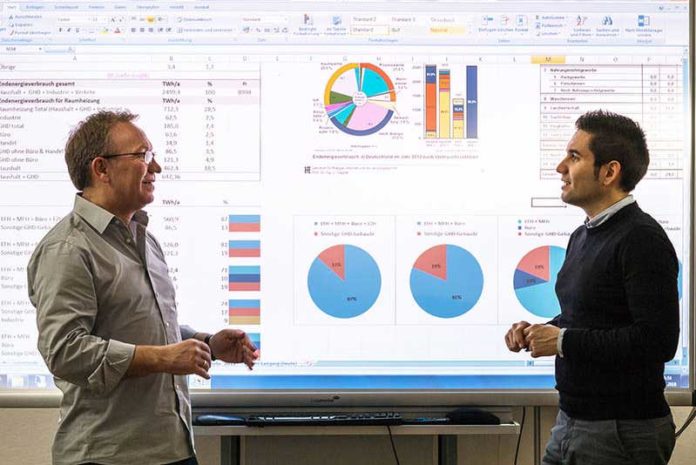Renewable energy power generation has grown as a result of clean energy policies in many countries. Renewable energy is reliable and plentiful and will potentially be very cheap once technology and infrastructure improvements.
Currently, the dependency of renewable energy generation is one of the biggest challenges for the transition to a sustainable energy model. Now, scientists at the Technical University of Munich have proposed a new way to even out the peaks and troughs: Surplus output could be used for heating and cooling purposes.
Thomas Auer, Professor for Building Technology and Climate Responsive Design at TUM’s Department of Architecture along with Prof. Thomas Hamacher and Prof. Ulrich Wagner from the Department of Electrical and Computer Engineering to develop a simulation tool to link the electric power and building sectors.
Auer said, “Everyone keeps looking for ways to save energy in new buildings. The talk is all about zero energy buildings – but new buildings are not our biggest problem. The major part of our building stock dates back to the time before 1980 – in other words, it predates the German ordinance on thermal insulation. We can’t remedy the overall situation with a few new buildings here and there.”
Connecting the activity of structures all the more intently to the electric power system to adjust the fluctuating supply from renewable sources. In the winter there is more wind– and subsequently more wind energy – than in the summer. This could be utilized to supply warm by methods for heat pumps. At present, most warming in Germany relies upon petroleum derivatives, explicitly oil and gas.
Auer said, “The excess power generated by solar cells in the summer months could help to cool buildings – a function that will become more important through the effects of climate change. We need to adjust the setpoint temperature of rooms to the peak generation in the power network. That would turn the building stock into a sort of buffer for load management – in other words, a means of managing power consumption. This way, huge power loads could be shifted towards the building stock in a very short period of time.”
The combined simulation shows that under this approach, a carbon-neutral building sector would be possible by 2050 – although the use of electricity to operate buildings could almost double peak power demand during a cold period with lack of wind and sun. This would require an upgrade of the power infrastructure.
